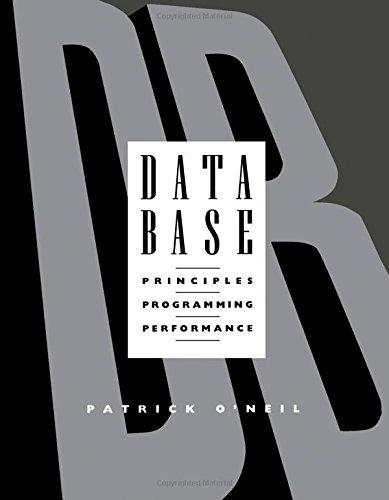Please write VHDL code.
Please provide me a code for design file and testbench file. also please give me a screenshot of the waverform. PLEASE DONOT POST HANDWRITTEN CODE.
Please add comments in each section of the VHDL process.

Problem 1: (30 pts) Design a 16-bit Arithmetic Unit which consists of one 16-bit adder, 16-bit subtractor, 16-bit incrementer, and 8-bit multiplier. You can use below entity declaration for your design. The least-significant 8 bits of A and B are used as inputs of the multiplier. The output will be 16 bits. The operation of arithmetic unit depends on the value of input Select. entity ArithmeticUnit16bit is Port (A: IN std_logic_vector (15 downto 0); Input B : IN std_logic_vector (15 downto 0); -- Input Op_Sel: IN std_logic_vector(1 downto 0);--operation selection Arithout: OUT std_logic_vector (15 downto 0); -- Result Cout : OUT std_logic); --carry out bit of operation end ArithmeticUnit16bit; Note: 8-bit multiplier has only 16 bits as output, the carry out of arithmetic unit must be 0 when a multiplication operation is performed. > The carry out of this unit must be 1 after incremental operation is performed when current A's value is 0xFFFF (Overflow case) For example: if A = 0xFFFF, then A = A + 1 = 0x0000 and carry out = 1 The following table describes this unit's behavior: Op_Sel(1 downto 0) Operation 00 A*B 01 A + B 10 A-B 11 Increment A (A +1) Report: VHDL code and waveforms Problem 1: (30 pts) Design a 16-bit Arithmetic Unit which consists of one 16-bit adder, 16-bit subtractor, 16-bit incrementer, and 8-bit multiplier. You can use below entity declaration for your design. The least-significant 8 bits of A and B are used as inputs of the multiplier. The output will be 16 bits. The operation of arithmetic unit depends on the value of input Select. entity ArithmeticUnit16bit is Port (A: IN std_logic_vector (15 downto 0); Input B : IN std_logic_vector (15 downto 0); -- Input Op_Sel: IN std_logic_vector(1 downto 0);--operation selection Arithout: OUT std_logic_vector (15 downto 0); -- Result Cout : OUT std_logic); --carry out bit of operation end ArithmeticUnit16bit; Note: 8-bit multiplier has only 16 bits as output, the carry out of arithmetic unit must be 0 when a multiplication operation is performed. > The carry out of this unit must be 1 after incremental operation is performed when current A's value is 0xFFFF (Overflow case) For example: if A = 0xFFFF, then A = A + 1 = 0x0000 and carry out = 1 The following table describes this unit's behavior: Op_Sel(1 downto 0) Operation 00 A*B 01 A + B 10 A-B 11 Increment A (A +1) Report: VHDL code and waveforms







